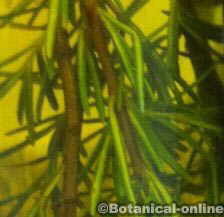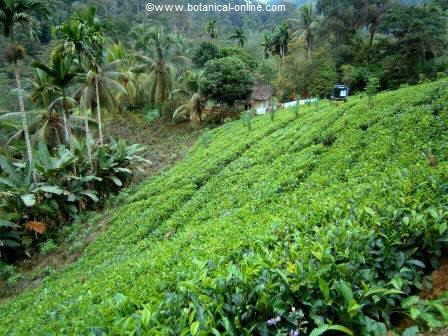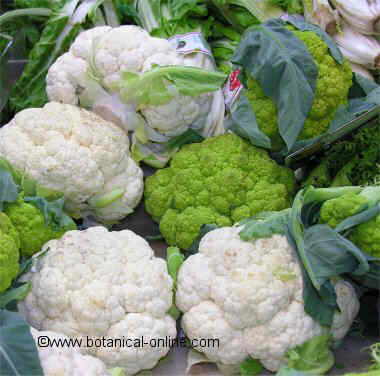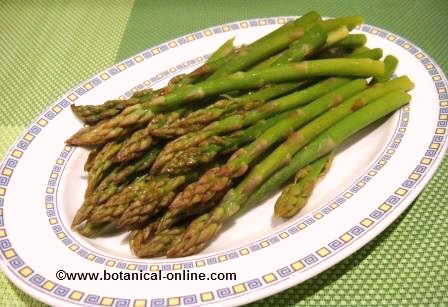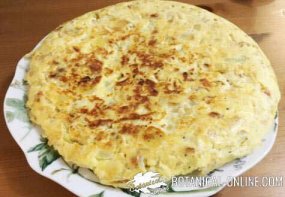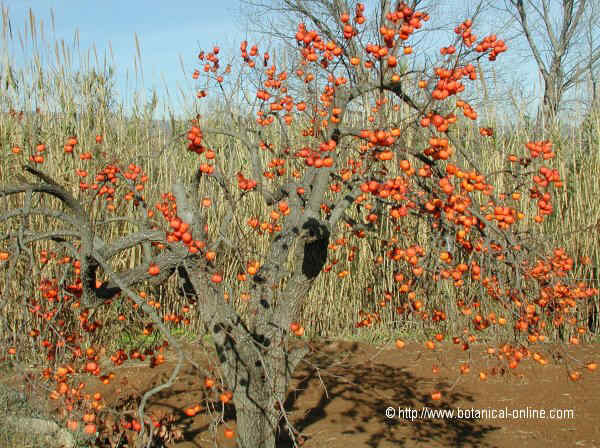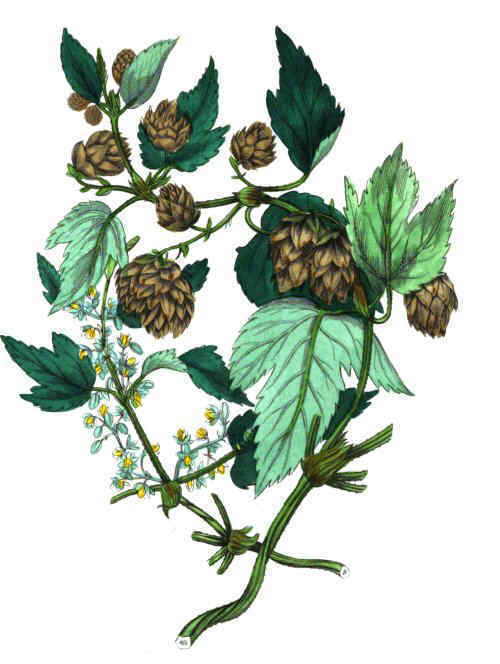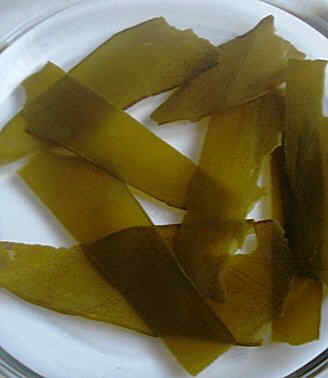Contents
(Piper methyscum)
KAVA BENEFITS
Medicinal properties of Kava
Kava or kava-kava is a plant of the same family as pepper (Piper nigrum).The roots and rhizomes of this plant are used for medicinal purposes. With these parts of the plant a soft drink is obtained, which is present in all the ceremonies of Pacific people.
This plant, first described by Captain Cook on his voyage across the Pacific, has become a popular remedy for anxiety, stress and insomnia because of its calming effects.
Scientific studies have shown the effectiveness of kava for anxiety without side effects because kava does not produce sedation or lethargy produced by other sedative medication, besides not being an addictive substance, as demonstrated by scientific studies (University of Maryland Medical Center).
To treat anxiety, a dose of standardized extract with 70% of kavalactones seems effective, being a remedy that acts similarly to benzodiazepine drugs at low doses.
The improvement of the treatment appears in 8 weeks. Treating anxiety with kava also has proven effective in women during menopause.
It is also a good supplement for those wnating to leave o to have a rest of antianxiety medications, by means increasing the dose of kava as g the dose of benzodiazepines is diminished.
Kava-kava and its anti- hallucinogenic effects
In the first reports of kava, reported by Captain Cook on his voyage around the world (1768-1771), he reported that the effects of this plant were similar to those observed with opium.
The German pharmacologist Louis Lewin, drug expert, reported that these effects were due to a state of euphoria produced by the sedative effects of kavalactones therefore concluded that kava has no hallucinogenic effects.
Kava root prepared in drink was used in ceremonies. This drink had a very important cultural role as intoxicating drink. It was used to promote relaxation and sociability.
How does Kava act?
The therapeutic effects of kava are due to its content of kavalactones. These compounds act at the emotional center of the brain and muscles (limbic system, GABA receptors), causing mental and physical relaxation of the body and analgesic effect.
When we ingest kava root, kavalactones dihydrokawain and kawain are absorbed quickly in 10th minute. In contrast, other kavalactones, such as methysticin yangonin and derivatives are absorbed slowly after over 45 minutes.
These components are eliminated in the urine
In very controlled doses, and always under medical supervision, kava can be used for its properties as a tranquilizer, hypnotic, muscle relaxant, antispasmodic, local anesthetic, bacteriostatic and antifungal.
This valuable plant relaxes the mind and body, and it is useful in the treatment of headache, muscle pain, backache, stress, anxiety, nervousness and menopause.
Doses of Kava
– Infusion: Use the rhizome of the plant. 3g. per cup. Stand 5 minutes. Take three cups a day.
– Also used topically on wounds and dermomicosis or ringworm.
Is kava dangerous?
Kava is a plant with very questionable therapeutic effects. There is a great controversy of experimental results, so you should consult other natural remedies before taking Kava.
Do not take kava without medical supervision
* More information on Kava toxicity on the listing below
Kava for pregnant
Kava is NOT a right supplement for pregnant women.
Some reports indicate that kava can cause liver damage and uterus. It should also be noted that, in some cases, kava has not been effective for treating anxiety.
Should you be pregnant, you should choose alternative natural therapies, such as natural remedies for stress, natural remedies for insomnia, herbal relaxants, psychological relaxation therapy, aromatherapy, massage therapy stress…
![]() More information about Kava and other types of peppers.
More information about Kava and other types of peppers.

